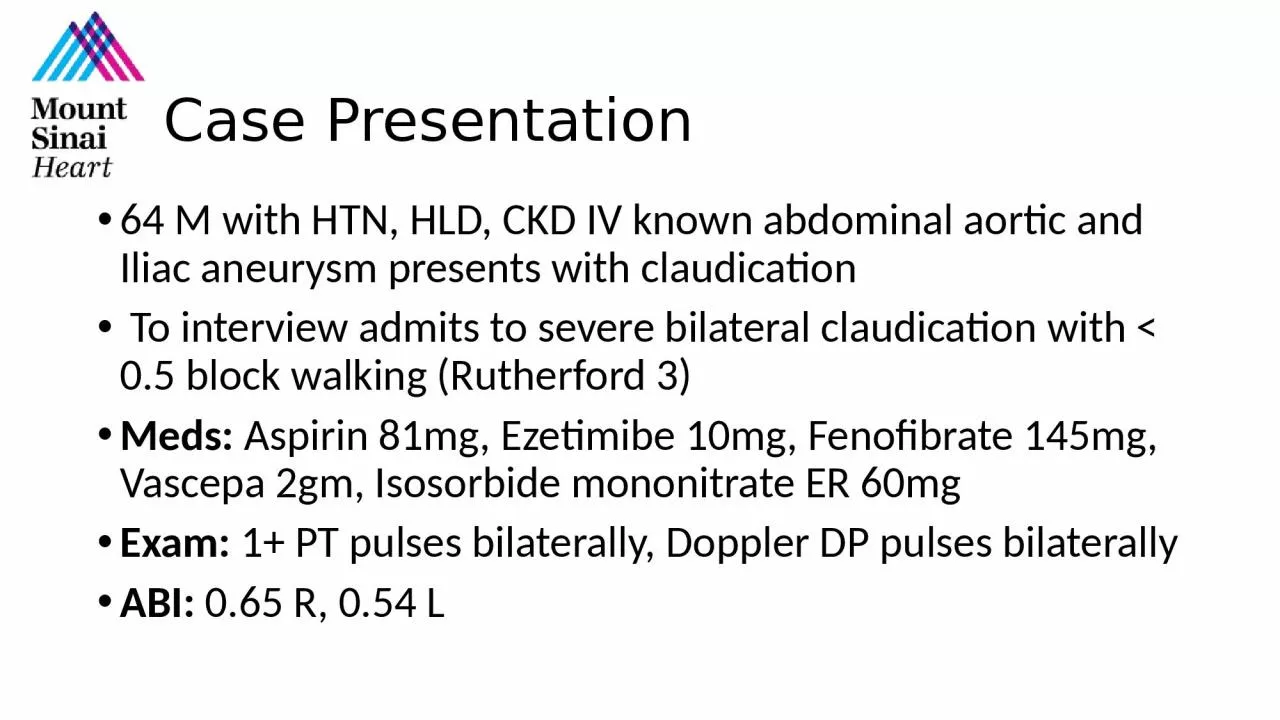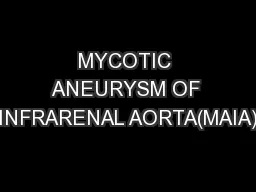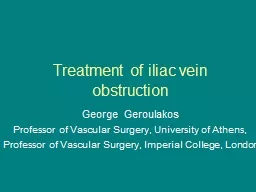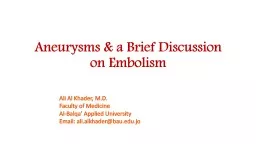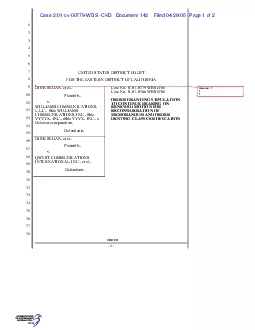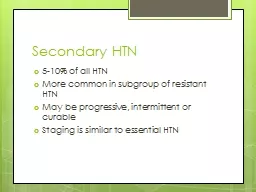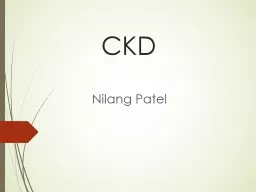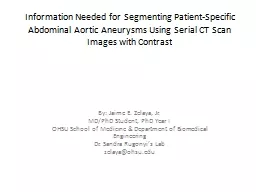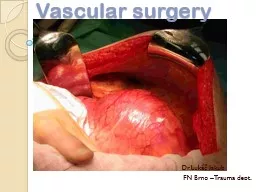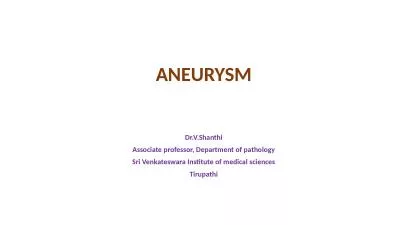PPT-Case Presentation 64 M with HTN, HLD, CKD IV known abdominal aortic and Iliac aneurysm
Author : callie | Published Date : 2022-06-07
To interview admits to severe bilateral claudication with lt 05 block walking Rutherford 3 Meds Aspirin 81mg Ezetimibe 10mg Fenofibrate 145mg Vascepa 2gm Isosorbide
Presentation Embed Code
Download Presentation
Download Presentation The PPT/PDF document "Case Presentation 64 M with HTN, HLD, CK..." is the property of its rightful owner. Permission is granted to download and print the materials on this website for personal, non-commercial use only, and to display it on your personal computer provided you do not modify the materials and that you retain all copyright notices contained in the materials. By downloading content from our website, you accept the terms of this agreement.
Case Presentation 64 M with HTN, HLD, CKD IV known abdominal aortic and Iliac aneurysm: Transcript
Download Rules Of Document
"Case Presentation 64 M with HTN, HLD, CKD IV known abdominal aortic and Iliac aneurysm"The content belongs to its owner. You may download and print it for personal use, without modification, and keep all copyright notices. By downloading, you agree to these terms.
Related Documents

